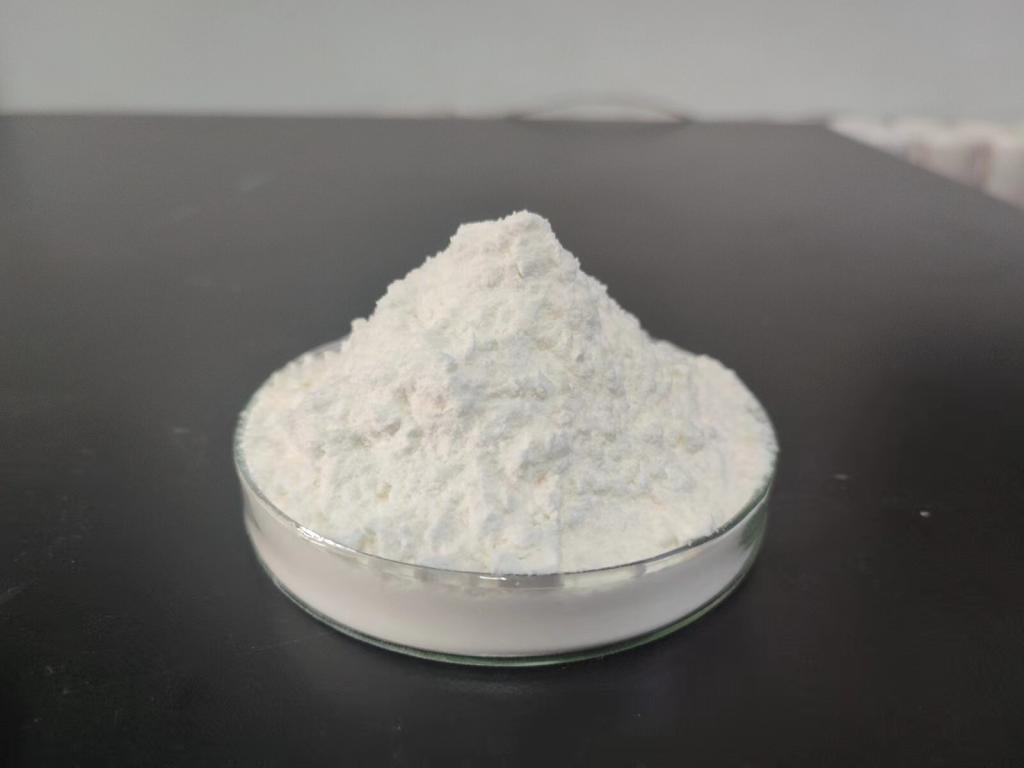Tel:+8618231198596

News
 CONTACT
CONTACT
 CONTACT
CONTACT
- Linkman:Linda Yao
- Tel: +8618231198596
- Email:linda.yao@dcpharma.cn
- Linkman:CHARLES.WANG
- Department:Overseas
- Tel: 0086 0311-85537378 0086 0311-85539701
News
Current Position:
Home >
News
>ε-Polylysine Hydrochloride in Fermented Foods: Enhancing Safety and Shelf Life
ε-Polylysine Hydrochloride in Fermented Foods: Enhancing Safety and Shelf Life
TIME:2024-02-28
Fermentation: A Time-Honored Tradition:
Fermentation is a time-honored food preservation and flavor-enhancement method that involves the activity of microorganisms like bacteria, yeast, and molds. It transforms raw materials into products such as yogurt, sauerkraut, kimchi, and various fermented beverages. While fermentation brings about numerous benefits, ensuring the safety and stability of fermented foods throughout their shelf life poses challenges that necessitate innovative preservative solutions.
ε-Polylysine Hydrochloride: An Overview:
ε-Polylysine Hydrochloride, derived from the fermentation of Streptomyces albulus, is a natural antimicrobial peptide with notable preservative properties. It is recognized for its ability to inhibit the growth of a wide range of bacteria, making it an appealing choice for the food industry. As a GRAS (Generally Recognized as Safe) substance, ε-Polylysine Hydrochloride has found applications in various food products, including fermented foods, to enhance safety and prolong shelf life.
Safety Enhancement in Fermented Foods:
a. Control of Pathogenic Bacteria:
One of the primary benefits of incorporating ε-Polylysine Hydrochloride in fermented foods is its effectiveness in controlling pathogenic bacteria. By inhibiting the growth of harmful microorganisms, ε-Polylysine Hydrochloride contributes to the safety of fermented products, reducing the risk of foodborne illnesses.
b. Reduction of Spoilage Microorganisms:
Spoilage microorganisms can negatively impact the sensory qualities and safety of fermented foods. ε-Polylysine Hydrochloride acts as a barrier against spoilage bacteria and molds, helping to maintain the freshness and quality of fermented products over an extended period.
Shelf Life Extension:
Fermented foods often face challenges related to their limited shelf life, which can impact distribution, storage, and consumer accessibility. ε-Polylysine Hydrochloride addresses this concern by extending the shelf life of fermented products through its antimicrobial activity. This preservative effect contributes to increased product stability, reducing the need for excessive refrigeration and preventing premature spoilage.
Applications in Different Fermented Foods:
a. Dairy Products:
In dairy fermentation, ε-Polylysine Hydrochloride finds applications in products like yogurt and cheese. Its ability to inhibit the growth of both pathogenic and spoilage bacteria makes it an effective natural preservative, ensuring the safety and longevity of these dairy-based fermented foods.
b. Pickled Vegetables:
In the fermentation of vegetables such as sauerkraut and kimchi, ε-Polylysine Hydrochloride helps control the microbial balance. This not only enhances the safety of pickled vegetables but also contributes to the maintenance of their distinct flavors and textures during prolonged storage.
c. Fermented Beverages:
In the production of fermented beverages like kombucha and kefir, ε-Polylysine Hydrochloride acts as a preservative to control the growth of unwanted microorganisms. This ensures the stability of the beverage's composition and sensory characteristics, allowing for a consistent and safe product.
Synergy with Other Preservatives:
While ε-Polylysine Hydrochloride offers significant antimicrobial benefits on its own, its synergy with other natural preservatives or hurdle technologies can further enhance its effectiveness. Combinations with substances like plant extracts, organic acids, or modified atmospheres can create a multifaceted approach to preserving the safety and quality of fermented foods.
Regulatory Considerations and Consumer Acceptance:
As ε-Polylysine Hydrochloride gains prominence in the food industry, regulatory frameworks must ensure its safe use. Collaborative efforts between regulatory bodies, researchers, and food manufacturers are vital to establish clear guidelines. Additionally, educating consumers about the natural origin and safety of ε-Polylysine Hydrochloride can facilitate wider acceptance of this preservative in fermented foods.
Challenges and Future Research:
Despite its potential benefits, challenges such as optimal dosage, potential interactions with other ingredients, and the need for further research on specific fermented products remain. Ongoing research should focus on refining application methods, understanding potential sensory impacts, and addressing any consumer concerns related to ε-Polylysine Hydrochloride in fermented foods.
Sustainable Preservative Practices:
The natural origin of ε-Polylysine Hydrochloride aligns with the growing demand for sustainable and clean label food products. Its use in fermented foods contributes to the development of more environmentally friendly preservation practices, reducing reliance on synthetic preservatives and supporting the broader goals of sustainability in the food industry.
Conclusion:
In conclusion, ε-Polylysine Hydrochloride stands as a promising natural preservative for fermented foods, offering a solution to enhance safety and extend shelf life. As the food industry continues to prioritize clean label and sustainable practices, ε-Polylysine Hydrochloride's applications in fermented products represent an innovative approach to meet consumer demands for both safety and quality in the evolving landscape of food preservation.
- Tel:+8618231198596
- Whatsapp:18231198596
- Chat With Skype







